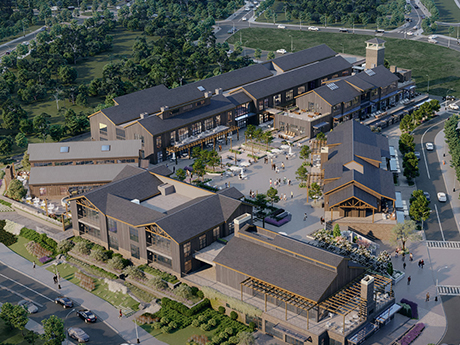— Jennifer Seversen, Vice President, CBRE —
Suburban retail is emerging as the main driver of retail growth in Seattle. In the height of the pandemic, many consumers stayed close to home, rediscovered their neighborhoods and began shopping primarily in their communities. These habits have continued and, as a result, retailers on once-heavily trafficked commute paths have experienced declining sales revenue. Retailers are taking notes, particularly those in city office districts that rely heavily on daytime foot traffic.
The white-hot activity in suburban retail has led to vacancy rates under 2 percent, healthy rent growth and record-breaking absorption within new developments. Rents in suburban markets like Totem Lake, Bothell and Woodinville are outpacing downtown Seattle by 50 percent, something that would not have been conceivable three years ago.
Well-located mixed-use retail projects and neighborhood centers have led the way in pushing rent growth, while grocery-anchored developments have been attractive assets to investors. Restaurants have proven to be a major driver of retail activity, with Seattle having a 7 percent increase in diners year over year through the second quarter, the fifth highest increase in the U.S., according to OpenTable.
An example of the rise in suburban retail demand is Harvest, a new mixed-used retail development underway in Woodinville, 17 miles northeast of Seattle. The project consists of 150,000 square feet of retail alongside a hotel and residential development. The retail component focuses on restaurants, diverse retail and wine tasting experiences, and is already 73 percent preleased with construction only 10 percent complete. A decade ago, developers could expect a project to be at that level of leasing only when construction was halfway finished.
Well-developed suburban areas present a unique opportunity to cater to a clientele that is shopping close to home, and we expect the success of the suburban shopping center to continue. In a two-year forecast, CBRE econometric advisors identified Seattle as one of six primary markets that were positioned to perform the best in rent growth and availability change.
CBRE econometric advisors also found that in the second half of 2022, urban retail availability nationally surpassed suburban availability for the first time since at least 2013. Overall, absorption remains positive and completion levels of new space remains at record low levels, which has contributed to the 15-year lows we are now seeing in retail availability.


